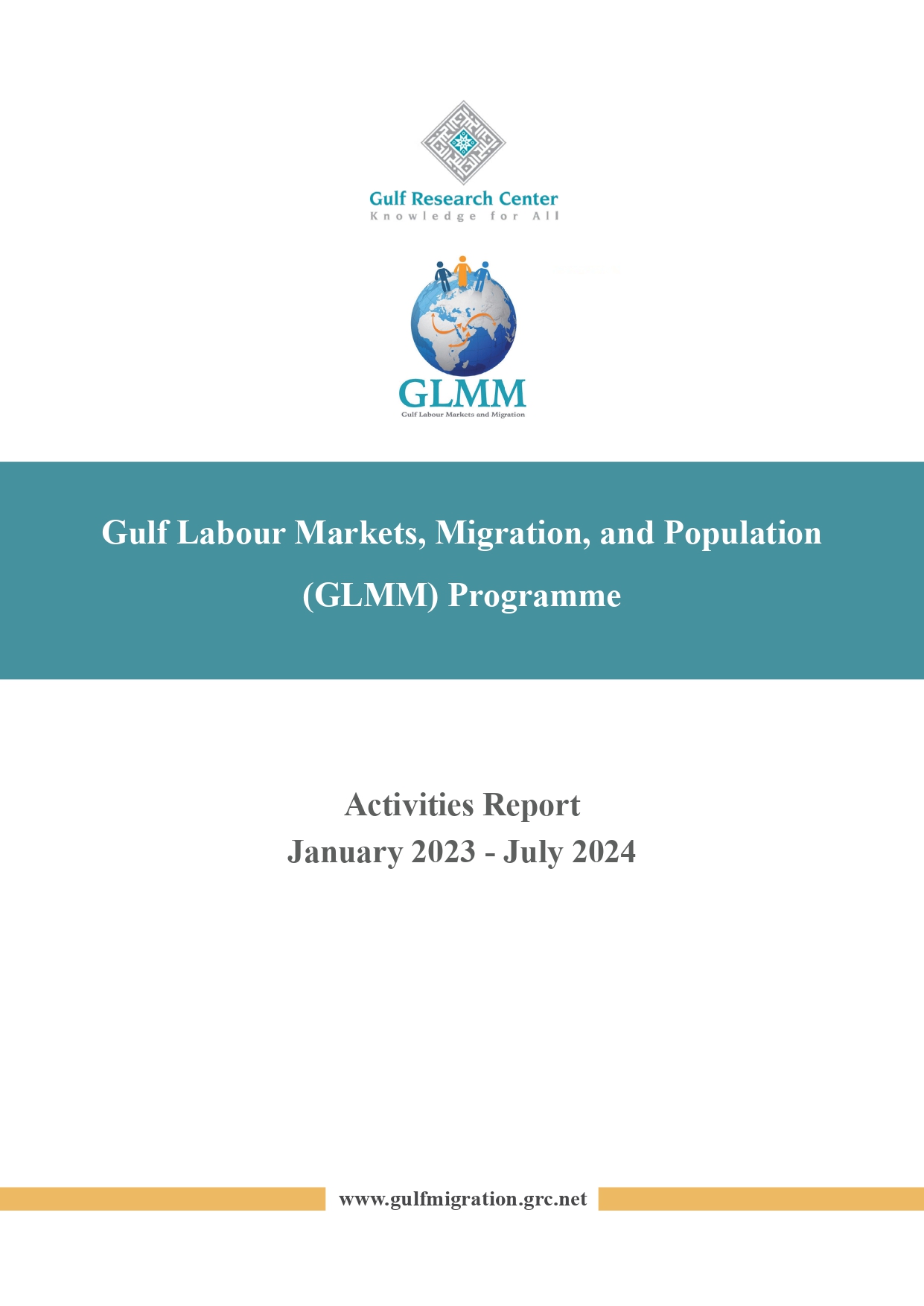Kuwait: Holders of article 22 residence permits (family reunion) by nationality group and sex (2019-2022)

| 2019 | 2020 | 2021 | 2022 | |||||||||
| Males | Females | Total | Males | Females | Total | Males | Females | Total | Males | Females | Total | |
| Arab countries | 130,873 | 208,720 | 339,593 | 128,923 | 203,358 | 332,281 | 124,092 | 193,578 | 317,670 | 128,970 | 203,646 | 332,616 |
| Non‐Arab Asian countries | 63,436 | 120,943 | 184,379 | 61,564 | 114,795 | 176,359 | 59,386 | 106,171 | 165,557 | 61,334 | 109,909 | 171,243 |
| Non‐Arab African countries | 604 | 1,350 | 1,954 | 559 | 1,260 | 1,819 | 583 | 1,154 | 1,737 | 633 | 1,278 | 1,911 |
| Europe | 1,804 | 3,301 | 5,105 | 1,688 | 3,056 | 4,744 | 1,629 | 2,894 | 4,523 | 1,704 | 2,968 | 4,672 |
| North America | 4,111 | 5,091 | 9,202 | 4,048 | 4,916 | 8,964 | 3,967 | 4,689 | 8,656 | 3,970 | 4,812 | 8,782 |
| South and Central America | 288 | 580 | 868 | 275 | 518 | 793 | 268 | 469 | 737 | 297 | 521 | 818 |
| Australia and Pacific | 299 | 429 | 728 | 282 | 416 | 698 | 273 | 384 | 657 | 256 | 356 | 612 |
| Other | 0 | 1 | 1 | 0 | 1 | 1 | 0 | 0 | 0 | 0 | 0 | 0 |
| Total | 201,415 | 340,415 | 541,830 | 197,339 | 328,320 | 525,659 | 190,198 | 309,339 | 499,537 | 197,164 | 323,490 | 520,654 |
Source: Central Statistical Bureau, Migration Statistics Bulletin, given years.
ANNEXED NOTE
- Definitions
Ministry of Interior’s (Directorate of Migration’s) annual records of residency permits granted to foreign residents by type/ purpose of permit, sex and regional origin of holder.
Data presented in the table are stock data: non-national residents holding a residence permit on December 31st, the given year (residencies delivered for the first time a given year+residencies renewed that year).
Residencies are valid for 1 to 5 years.
The present figures include permits delivered for the purpose of residing in Kuwait, as a worker’s family member.
Spouse, children or elderly dependent relatives can join holder of visas n°17 and 18 (the sponsor) in Kuwait, if the expatriate has obtained a residency and meets the salary requirements.
A working wife cannot sponsor her husband as a dependent. Sons over the age of 21 years cannot be sponsored as dependents, though adult daughters and parents may be permitted. Dependent family members are not allowed to work on a Dependent Visa.
Every foreign resident including new-born babies must hold a residency permit.
Residency procedures do not apply to GCC nationals and to Bidouns (stateless residents of Kuwait).
The table thus excludes the Bidouns, the non-Kuwaiti GCC citizens and those in irregular situation.
Permits 17, 18, 19 and 20 are only granted after Ministry of Labour issues a work permit.
- Institution which provides data
Central Statistical Bureau (CSB), Ministry of Planning.
- Period of data coverage
December 31st, given years.
- Data availability
The present data is taken from the “Migration Statistics” reports, published annually by the CSB.
The report (in Arabic and English, PDF format with Excel tables) is available on CSB’s website (Population Statistics, then Migration Statistics)
https://www.csb.gov.kw/Pages/Statistics_en?ID=56&ParentCatID=1
https://www.csb.gov.kw/Pages/Statistics?ID=56&ParentCatID=1
Date of access: April 2023.
GLMM and GRC cannot guarantee that the link to access the source will not change; that the information will not be removed from the website it was obtained from; that no geo-blockages will be imposed; or that the information will not be available for any another reason.
Keywords: Kuwait, Foreign Population, Employment, Legal Document, Residence Conditions, Family Reunification, Asia, Africa, Europe, North America, South America, Oceania
Similar Posts:
- Kuwait: Holders of article 19 residence permits (freelance workers) by nationality group and sex (2019-2022)
- Kuwait: Holders of article 17 residence permits (Government labour) by nationality group and sex (2019-2022)
- Kuwait: Holders of article 23 residence permits (studies) by nationality group and sex (2019-2022)
- Kuwait: Holders of article 20 residence permits (domestic sector) by nationality group and sex (2019-2022)
- Kuwait: Holders of article 24 residence permits (self-sponsorship) by nationality group and sex (2019-2022)
Tags: Africa, Asia, Employment, Family Reunification, Foreign Population, Kuwait, Legal Document, North America, Oceania, Residence Conditions, South America

































































